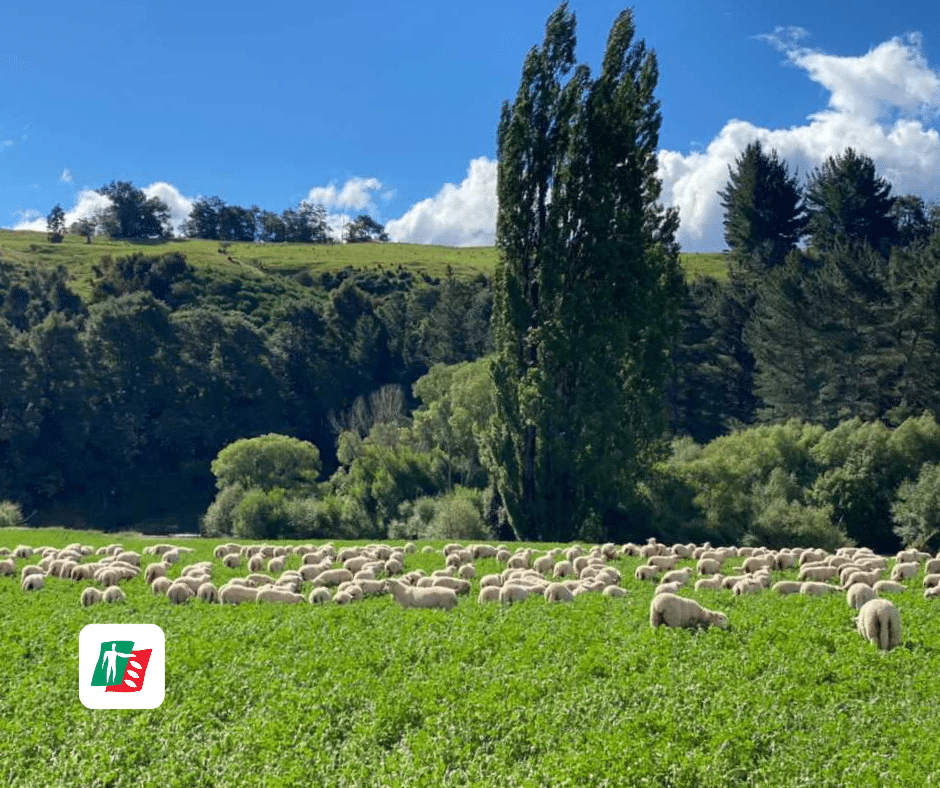Optimising Lucerne Cultivars for New Zealand Farm Systems
Cultivars should be selected based on your farm system, climate, and location, to maximise quality and dry matter production when it’s most needed. At RAGT, we provide high-performance lucerne cultivars tailored to diverse systems and regions. Explore our options to find the ideal fit for your farm!
RGT Force 4: A New Zealand Favourite
RGT Force 4 is a key foundational lucerne cultivar for many New Zealand farms, known for its high leaf-to-stem ratio and persistency that delivers superior quality, palatable feed. Its resilience across various South Island environments makes it a reliable choice. RGT Force 4 excels in both grazing and cutting, supporting diverse farm operations with consistent performance.
RGT 714QL: The Versatile Seasonal Performer
RGT 714QL is perfect for boosting productivity during spring and autumn’s transitional periods. Its high leaf-to-stem ratio ensures excellent feed quality, alleviating pressure on other cultivars like Force 4. Though it typically lasts 4-5 years, RGT 714QL compensates with increased annual production, enhancing pasture quality and nutrient utilisation.
RGT 914QL: A True Winter Hero
RGT 914QL shines during winter with a high activity rating of 9, offering exceptional feed value when pastures lag. Ideal for maximising silage cutting and boosting feed availability, RGT 914QL’s extended seasonal growth enhances animal performance during critical times. Though it typically doesn’t last as long as a lower winter dormancy cultivar, it’s invaluable for systems needing rapid, substantial feed production.

Each lucerne cultivar offers distinct advantages for different farming needs across New Zealand. By strategically choosing and integrating these cultivars, farmers can enhance productivity, optimise feed quality, and improve overall performance


